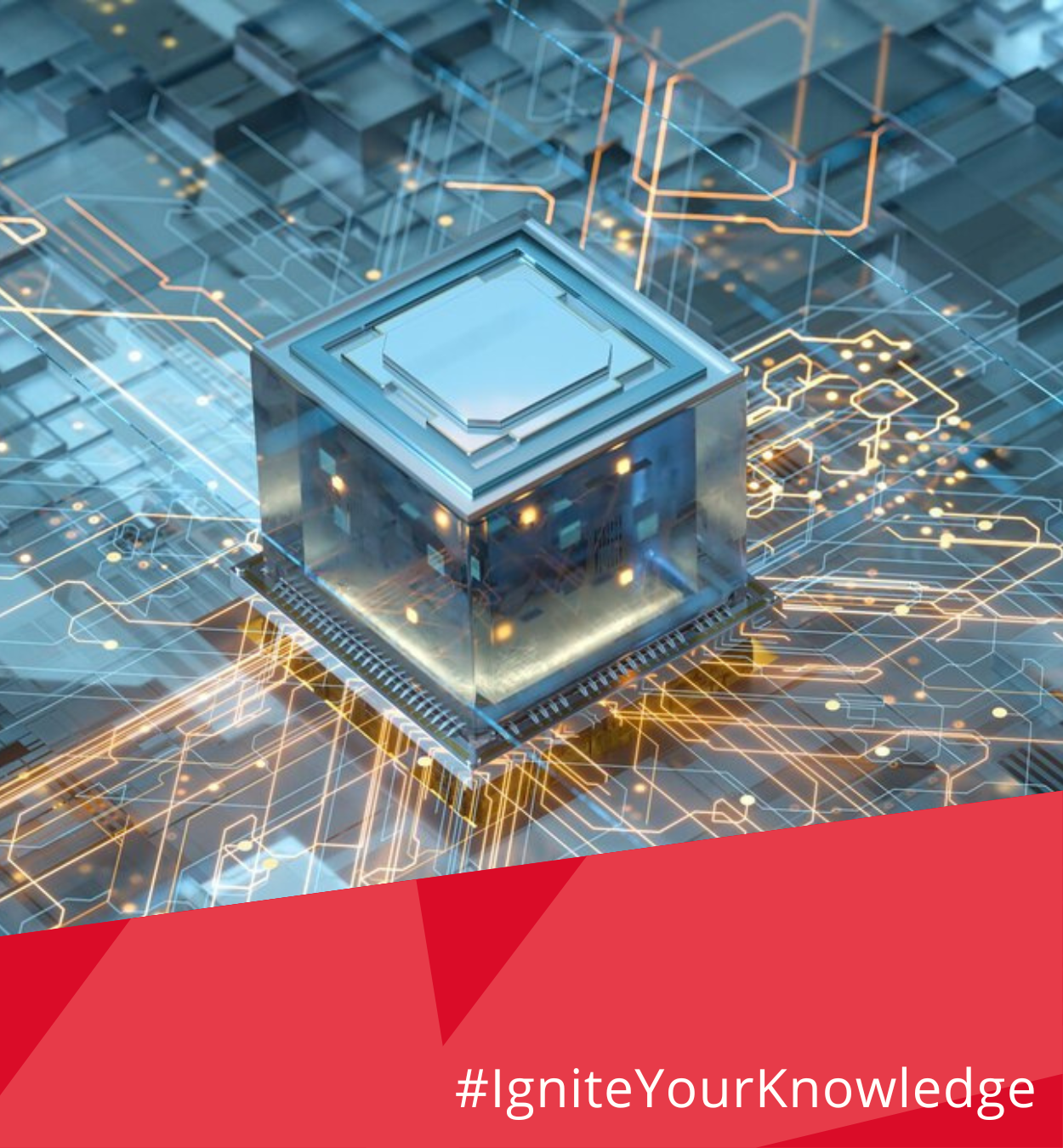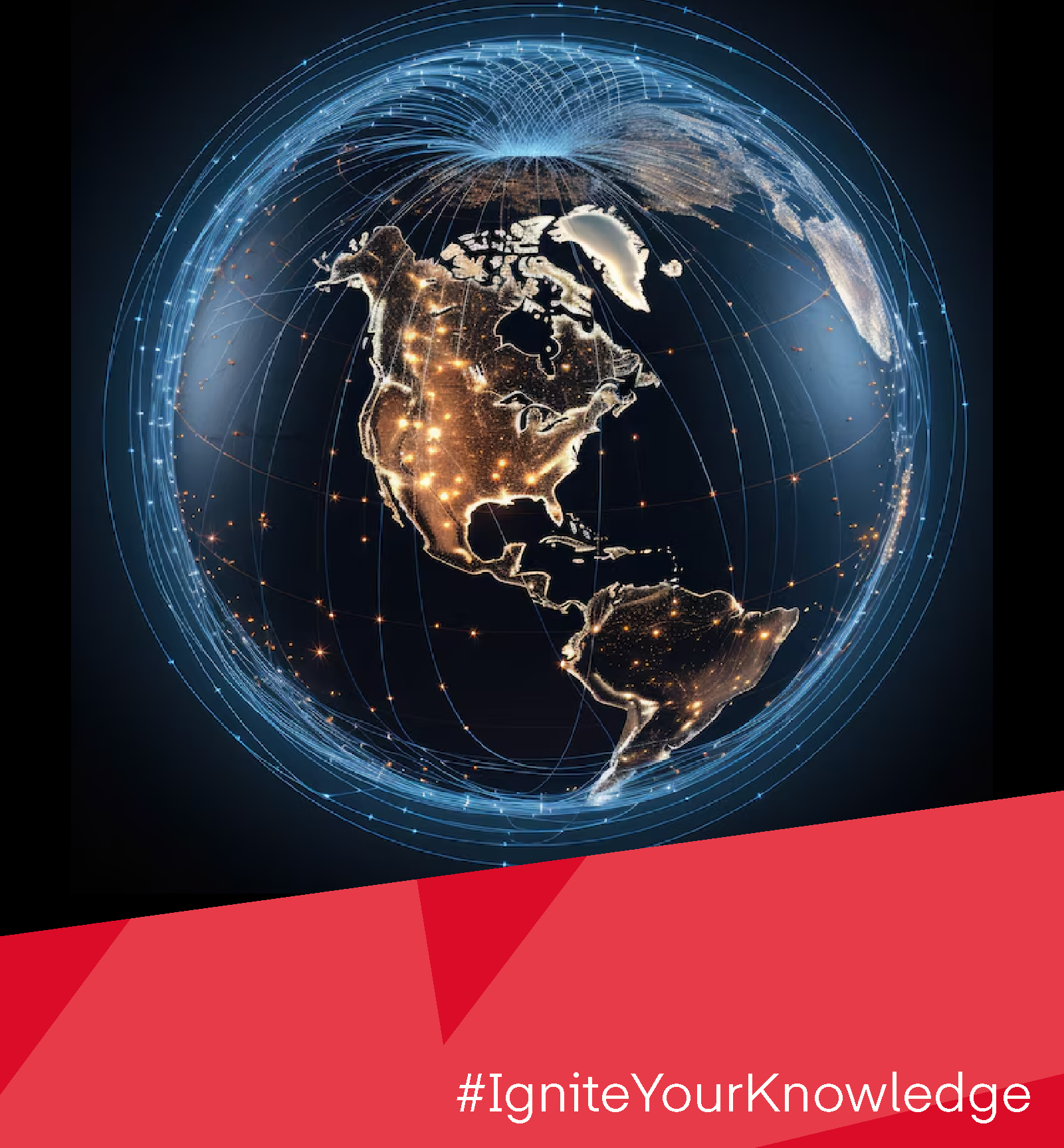
The rise of container trackers
Global shipping and logistics are rapidly evolving with digital transformation ushering in unprecedented levels of transparency, efficiency, safety, and speed in the delivery of goods[1]. At the center of this revolution are container tracking systems. These asset tracking devices are pivotal in automating supply chain processes and providing real-time information about the location and status of containers, which is vital for businesses to optimize operations and enhance decision-making capabilities.
Container tracking devices are usually components of a larger fleet tracking systems and are already prevalent in powered refrigerated containers (reefers). Now, thanks to miniaturized and optimized low power IoT connectivity container trackers are increasingly getting deployed in dry containers using battery-powered tracking devices[2]. This new generation of container tracking is made possible through optimized small devices fitting inside the ripple wall of the container. Trackers, equipped with sensors, can monitor various parameters such as CO2 levels, temperature, humidity, and shock levels. These sensors, leveraging technologies like LTE-M/NB-IoT, GNSS, and BLE, transmit critical data wirelessly, allowing for immediate response to any anomalies detected during transit. To deliver a reliable tracking service, robust connectivity is essential. Container trackers must operate in diverse and often challenging environments, from the vast open seas to densely packed ports over remote highways/railways.
The typical wireless standards used in container tracking devices are:
- Cellular IoT (e.g., LTE-M, NB-IoT, or Cat 1 bis) to deliver device data when within range of cellular network (popular antenna – TRIO mXTEND™).
- GNSS (GPS and others) to record an accurate global location (popular antenna – DUO mXTEND™).
- BLE/Wi-Fi and other short range to connect to vessel/ship wireless infrastructure and smartphones (popular antenna – NANO mXTEND™).
Integrated antennas are increasingly popular for container trackers, as they are small, robust, and easy to manufacture, especially compared to external antennas. At Ignion we are experiencing increased demand in container tracker projects, due to the omnidirectional Virtual Antenna® technology ensuring high-performance multi-radio connectivity in space-constrained devices.
[1] https://www.iotm2mcouncil.org/iot-library/news/smart-logistics-news/vodafone-partnership-automates-cargo-tracking/
[2] https://www.hapag-lloyd.com/es/company/press/releases/2022/08/hapag-lloyd-starts-installation-of-tracking-devices-on-its-dry-c.html
Key considerations when designing antenna systems for container tracking devices
- Ensure robust connectivity across the globe
- Optimized antenna performance is key:
- Define device dimensions based on RF needs (use tools like ai).
- Place the antenna component first in your HW layout and then the rest.
- Needed frequency bands only: fine-tune antenna response to only cover the needed global bands with the flexibility that will ensure the highest performance. Going broader than needed can compromise performance.
- Optimized antenna performance is key:
- Small device size with multiple wireless standards
- Use separated antennas for each concurrent wireless technology to achieve the highest performance.
- Minimize antenna coupling: using the same antenna vendor for all wireless standards used in the device ensures proper control and minimizing coupling between antennas.
- Design for harsh ambient environments, even when close to metal
- Keep some distance between the antenna and the metal wall and optimize antenna response through tuning. Read more here on this blog post.
- Account for the potting influence on the antenna: protects against humidity and harsh environments.
- Ensure long battery life
- High antenna efficiency enables optimal energy consumption during transmission. Omnidirectional antennas ensure high efficiency regardless of the orientation of the device.
- Lowering GNSS/GPS radio Time To First Fix (TTFF), by using a high-performance omnidirectional antenna will increase battery life. Read more about our TTFF study here.
Get an AI-optimized antenna design for your next tracker in oxion.ai
As container tracking becomes increasingly integral to modern logistics, the need for reliable connectivity solutions becomes paramount. Ignion is at the forefront of providing robust, efficient, and flexible antenna solutions, ensuring that container trackers meet the high standards required for global shipping operations. Go ahead and get your antenna solution today designed by our AI-powered antenna design platform Oxion™.



